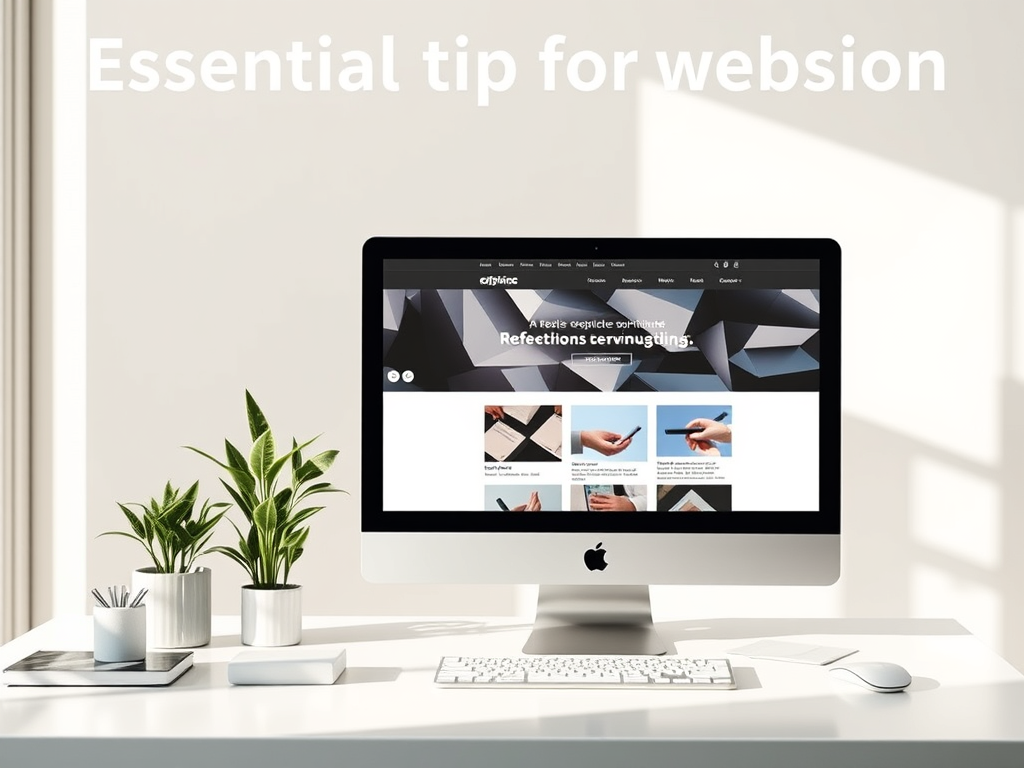When designing a website, it’s crucial to ensure that the design supports the content rather than distracts from it. Here are some considerations to keep in mind:
Key Elements of Supportive Web Design
- Simplicity: A clean and simple design allows users to focus on your content. Avoid overly complex layouts or excessive graphics that might draw attention away.
- Readability: Use fonts and colors that enhance readability. Ensure there’s enough contrast between text and background for clear visibility.
- Navigation: An intuitive navigation structure helps users find the information they need without frustration. Clear menus and logical content hierarchy are essential.
- Visual Hierarchy: Employ design elements to establish a clear visual hierarchy. Use headings, subheadings, and spacing to guide users through your content.
- White Space: Ample white space can make content easier to digest. It breaks up text and improves overall user experience.
- Responsiveness: Ensure your design is mobile-friendly. A site that’s not responsive can hinder access to your content, particularly on smaller screens.
- Loading Speed: Optimize images and scripts to ensure fast load times. A slow website can lead to higher bounce rates, causing users to miss your content.
Resources for Web Hosting Help (Non-Commercial)
Here are some links to helpful resources that offer guidance on web hosting without selling services:
- Mozilla Developer Network (MDN) on Web Hosting
- W3Schools – Web Hosting Guide
- Khan Academy – How the Internet Works
- Web Hosting Info – Offers free information about web hosting options.
By focusing on these design principles, you can create a website where the design complements the content, enhancing the overall user experience.



Leave a Reply